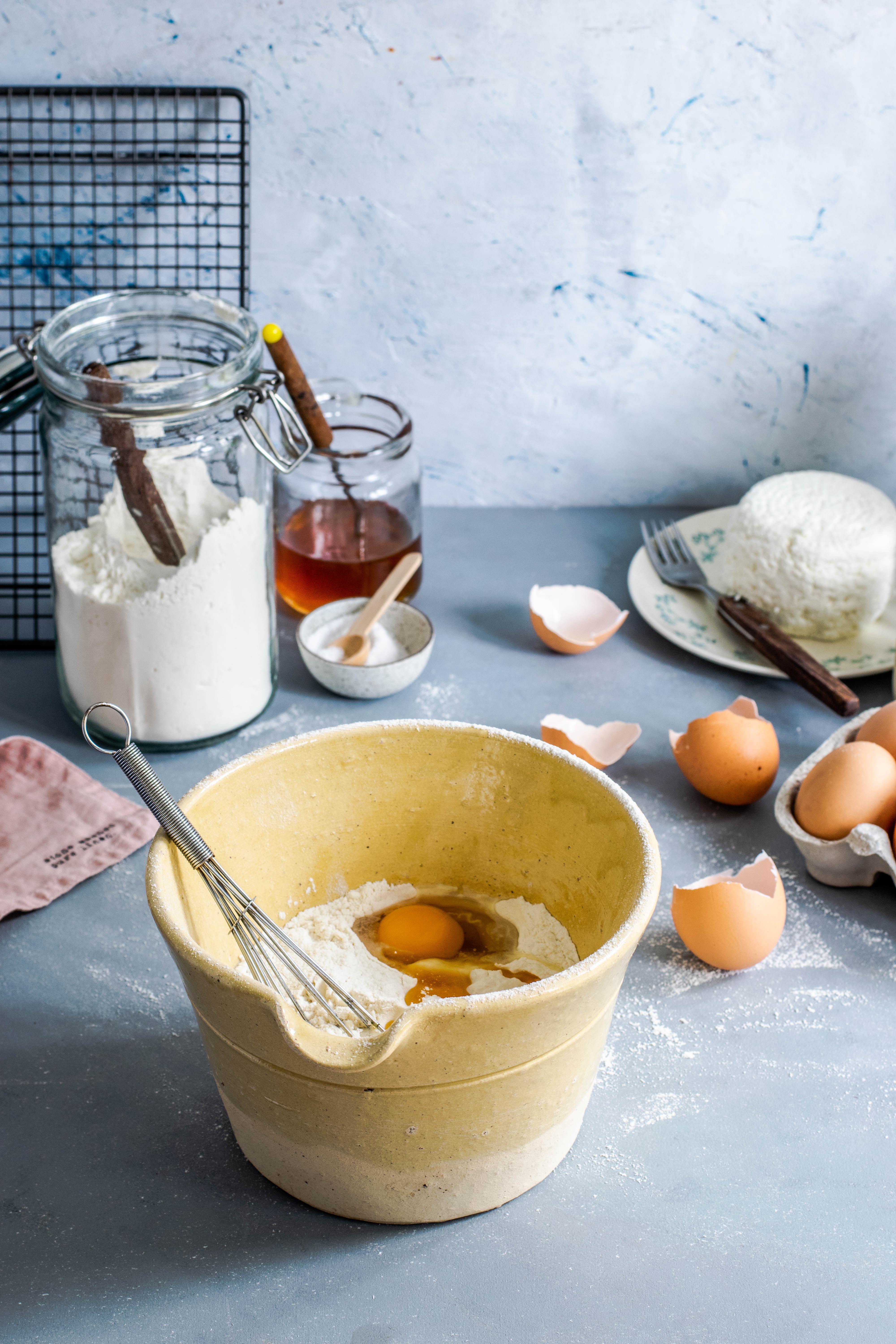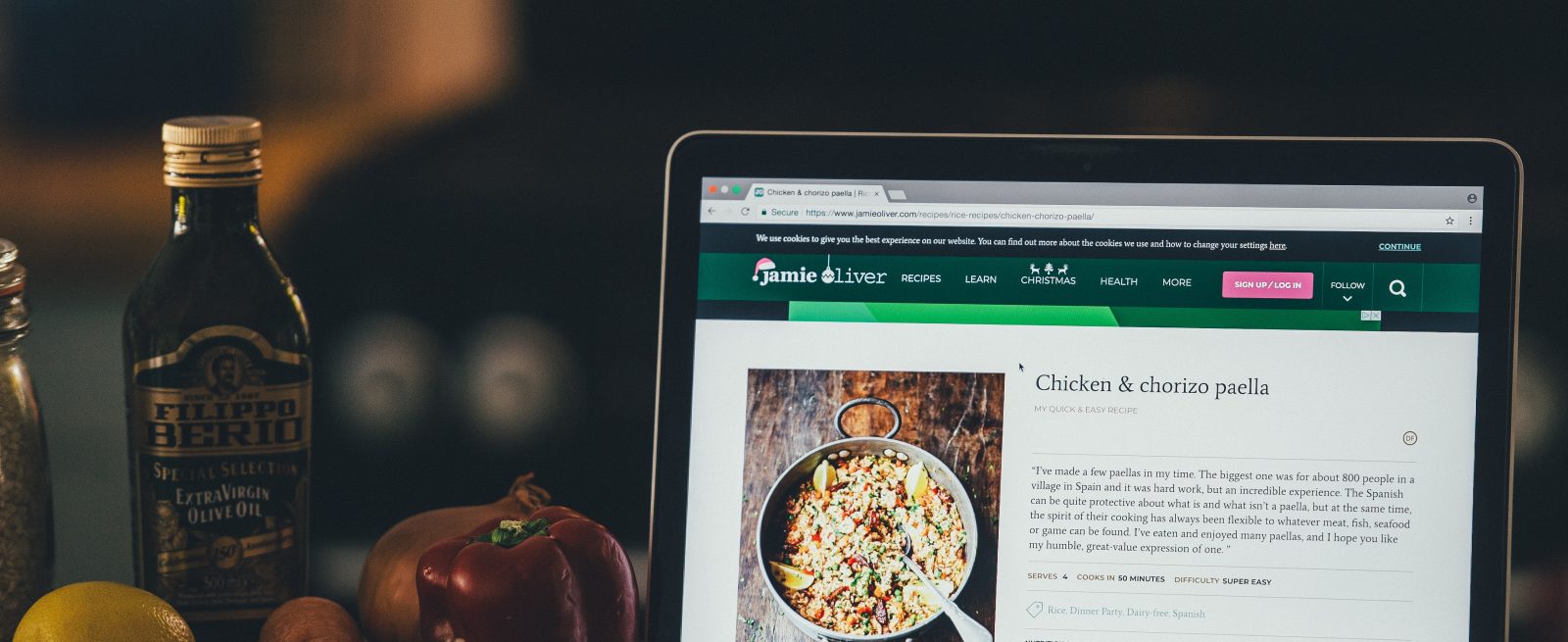A Recipe for Success
6 Min Read By Bailey King, Bridget Warren
In the food and beverage business, “buzz” is a valuable commodity that can make your restaurant, bar, or brewery the place to be. Whether it is introducing a new menu that capitalizes on the poke bowl trend or publishing a cookbook with the “secret” recipes of your accomplished chef, restaurateurs are experts at coming up with creative ideas to generate buzz for their establishments.
Once this buzz is generated, though, how can you stop the new restaurant in town from hiring away your sous chef and stealing your chef’s “secret recipes” in the process?
An establishment’s intellectual property – the very ideas that generate buzz for your establishment – is difficult to value, but crucial to protect. Luckily, the law provides protection. The nature and scope of the protection afforded, though, will hinge largely on the steps the restaurant, bar, or brewery take to protect itself.
For a restaurant with a valuable idea it wants to protect, determining the type of protection needed will depend on how the restaurant intends to monetize the idea. For example, a celebrity chef who publishes a cookbook will want to obtain a copyright to ensure that only they can profit from any reproductions of the cookbook. Of course, publishing a cookbook will also require the chef to reveal his or her recipes to the world.
An establishment’s intellectual property – the very ideas that generate buzz for your establishment – is difficult to value, but crucial to protect.
Alternatively, a restaurant that truly believes it has a “secret” recipe for a popular dish that gives it a competitive advantage (such as Kentucky Fried Chicken’s “11 secret herbs and spices”) can use trade secret protection to prevent its employees from stealing recipes and using them in competition. Finally, if a signature name for a dish or cocktail has value (such as Outback Steakhouse’s “Bloomin’ Onion”™), registering the name as a trademark will help prevent competitors from selling knock-offs capitalizing on your signature name. The nature, form, and scope of each of these protections are different, and, as a result, the steps that must be taken to secure the protections afforded are different as well. Restaurants, bars, and breweries are well-served to know the types of protections available for intellectual property, what makes their intellectual property valuable, and the steps they need to take to make sure they can take advantage of the protections.
Copyright
Copyright protects “original works of authorship” that are fixed in a tangible form of expression. In the appropriate circumstances, it can provide protection for menus, cookbooks, or any other creative content that is used to market a restaurant. It is important to remember, however, what copyright cannot protect; copyright does not protect the facts, ideas, procedures or systems embodied in the expression. In other words, there must be some “spark of creativity” in the expression.
For example, the mere listing of ingredients or directions in a recipe is not copyrightable. To be copyrightable, the recipe must contain expressive elaboration and commentary. Recipes in a cookbook that contain various literary anecdotes, such as “Heat oil in heavy skillet. Add sugar and let it brown and bubble. (This is the secret to the unique taste!)” may be sufficiently expressive to be afforded copyright protection. As evidenced by this example, the artistic expression required is minimal, but is required.

Given this limitation, a recipe that is written down by for use by line chefs would likely not be copyrightable. On the other hand, a recipe prepared for a celebrity or restaurant cookbook, with commentary, may be copyrightable. Put simply, copyright is best used when the artistic elements of the cookbook (the creativity of the writing), the menu (the artwork), or the signature dish (the presentation) are unique, valuable, and something that others may want to replicate.
To obtain copyright protection, you must submit an application to the U.S. Copyright Office. On average, it takes four to seven months for the office to process your request if the office does not request additional information. If your application is denied, you can request that the office reconsider your application.
Trade Secrets
Another option to protect truly “secret” recipes is to claim they are trade secrets. Unlike copyright, trade secrets law protects the author’s very ideas, but only if they possess some novelty and are kept secret. In other words, to be entitled to trade secret protection, a restaurant must treat the recipes as secret. For example, Coca-Cola so closely guarded its secret recipe that it is now frequently cited as an example of the quintessential trade secret. That said, true “secrets” in the food and beverage world are rare. As a result, it can be difficult for a restaurateur or chef to establish that their “secret” recipe is in fact a trade secret.
Additionally, the recipe must be for a dish that is novel and unique. There is no trade secret protection for basic American dishes such as macaroni and cheese. One court examined whether a bakery’s salted caramel brownie should be given trade secret protection and found it should not because the “secret ingredient” in the recipe was actually found in brownie recipes on www.epicurious.com. However, food items such as pizza dough and sauce have been found to be trade secrets due to the uniqueness of the ingredients and processes used to make the food. Relatedly, a recent court found that Anheuser-Busch’s “brewing process,” which possibly contained specific formulas and secret techniques, could be a trade secret as well.

These cases demonstrate the difficulty in proving that a recipe is a trade secret. At the outset, the recipe has to be novel, which is a challenging task given the number and breadth of recipes the public can access. The question is not whether other restaurants are serving the same dish as you, but whether anyone anywhere could be doing so. Moreover, it is difficult to discern whether someone misappropriated a recipe or whether he just relied on his experience and skill to come up with a similar recipe. A person is entitled to use their training, education, and general know-how to earn a living. Cooking is all about trial and error, and if a former chef creates a recipe through this experience, it will not be misappropriation. In order to prevail, a restaurant must prove that the former employee actually took and used a recipe. This is a difficult burden, but not impossible if the restaurant takes the necessary steps at the beginning.
If a restaurant has a recipe that it believes is truly secret, it should limit access to the recipe to only those who need to know it in order to perform their job. It should also consider taking additional steps, such as marking written copies as “Confidential,” requiring employees to sign a non-disclosure agreement identifying the recipe as a “trade secret,” and keeping the written copies of the recipe under lock and key.
Trademarks
Trademarks legally protect a word, name, design, logo or other symbol of a product or business. You can’t protect a recipe through a trademark, but you may be able to trademark the name of the recipe or food product if it is creative and distinct enough. For example, if the recipe is for cherry pie and you create a unique name for it, you can trademark the name. The name must be more than merely descriptive or generic though. Common trademarks of food products include “Oreos,” “Big Mac,” and “Cheez-It.” Pusser’s Rum even trademarked the name of the “Painkiller” fruity cocktail. Of course, the limitation on trademark protection is that anyone can make or sell a “painkiller.” Pusser’s Rum’s only rights are in the name, not the recipe.
If you determine that you have a “mark” you want to protect, you can file an application with the U.S. Patent and Trademark Office. If you have met the minimum filing requirements, your application will be sent to an examining attorney who will determine whether your mark should be registered.

For restaurants, breweries, and bars, the crucial step in protecting intellectual property is to identify the ideas that generate the “buzz” that draws in customers and the way in which those ideas add value to your brand. Once that is known, the right steps can be taken to make sure your intellectual property is protected to the full extent of the law, whether through copyright, trade secret, or trademark law. This means that these steps must be taken up front, not after a competitor steals the goodwill you have built.
For this reason, restaurants, breweries, and bars of all types should address these issues in their contracts with funders, business partners, and employees. The parties can negotiate the terms of the agreements to specifically set out who owns the recipes and how they are to be treated. This allows the establishment to find the right balance in encouraging creativity in its menu offerings while ensuring that the same dish does not end up on the menu across town.



